The Bee is a beautiful representation of the idea “to dream the impossible dream”
Stingless bees (at least the species in the group called Tetragonula) commonly swarm around the hive entrance and fight to the death on the ground below. We call them fighting swarms and they involve bees from the defending hive and another attacking colony. The attacking colony is attempting to take over the defending one by installing their own queen. Colonies do not die out as a result of fighting and in fact may be strengthened by it. It happens between nests of the same species and also between species, e.g. between carbonaria and hockingsi. Studies show that the genetics of the colony can change from the defending to the attacking after a fighting swarm.
You may also see various associated behaviours such as the defending bees temporarily sealing the entrance of their nest with propolis. It is typical to see the swarming bees grip each other with their mandibles and fall to the ground locked together in mortal combat resulting in the ground beneath the entrance being covered in a carpet of bees a centimetre thick. Sometimes, towards the end of a fighting swarm, immature bees and young callow adults are dragged from the defending hive. The swarms may continue for a few weeks. Sometimes they cease and then start again weeks or months later. They can occur at any time of the year, but mostly in summer. Normal foraging activity usually ceases during fighting swarms, but colonies do not normally die out as a result of fighting.
Swarming
Honey bees swarm to establish a new nest. The whole colony becomes mobile and seeks a new hive location. Australian native bees do swarm, but for reasons a little different to honey bees.
Fighting swarms
Native bees will fight with another hive, particularly if the hive being attacked is not strong. Attackers and defenders will fight to the death and it can be pretty distressing to see thousands of bees locked in battle and dying. However, while there’s not much you can do about it, the hive is unlikely to die. Either the defenders will successfully repel the attackers, or the attackers will win and move in. Fighting swarms can be identified by:
a lot of bees swarming near the hive, many dead and fighting bees on the ground.
Defensive swarms
If the hive feels threatened, it will perform a defensive swarm as a show of strength to deter attackers. Defensive swarms can be identified by: a lot of bees swarming near the hive, little or no casualties.
Mating swarms
These swarms may take place if the queen has died or is starting to fail in the task of egg laying. A large swarm amasses outside the hive as males prepare for a new virgin queen to take her mating flight. Mating swarms may continue for a number of days. Mating swarms can be identified by: a lot of bees swarming near the hive, some casualties,male bees roosting nearby in the evening.
Einstein believed so deeply in the importance of Bees to the ecosystem that hepredicted if Bees disappeared humans would not survive more than four years afterward.
Bee as a totem animal is for those whose greatest wish isfor all living things to co-exist in peace & love.
source Northside Native Bees, SugarBag Bees
#swarm #stinglessbees

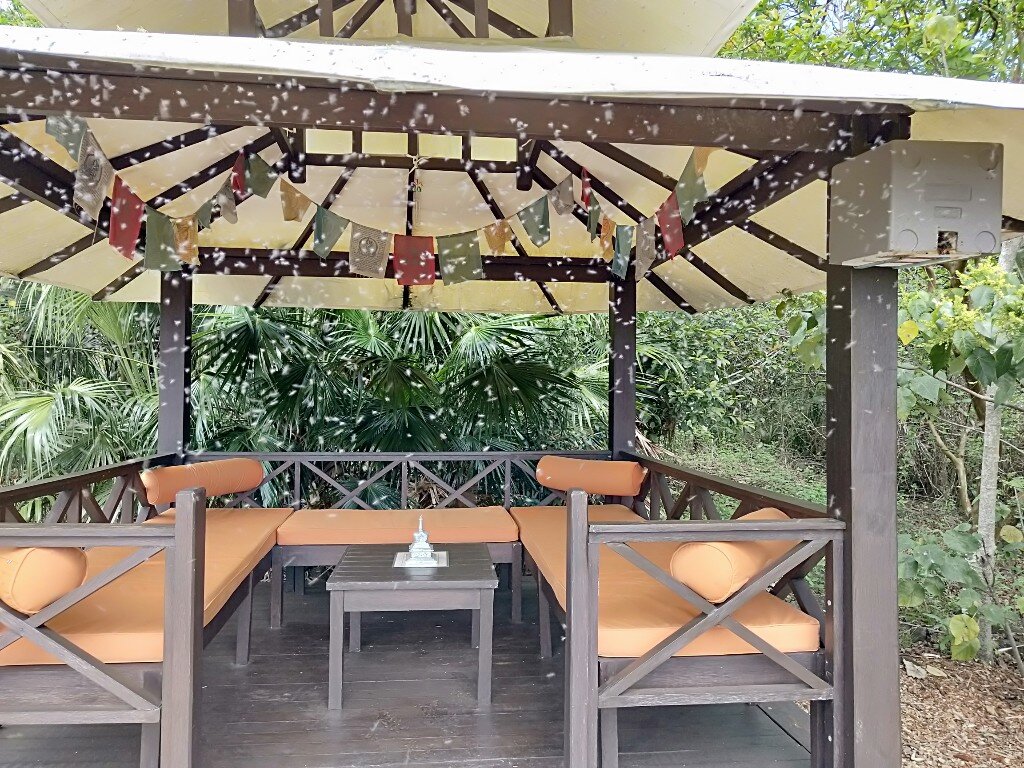
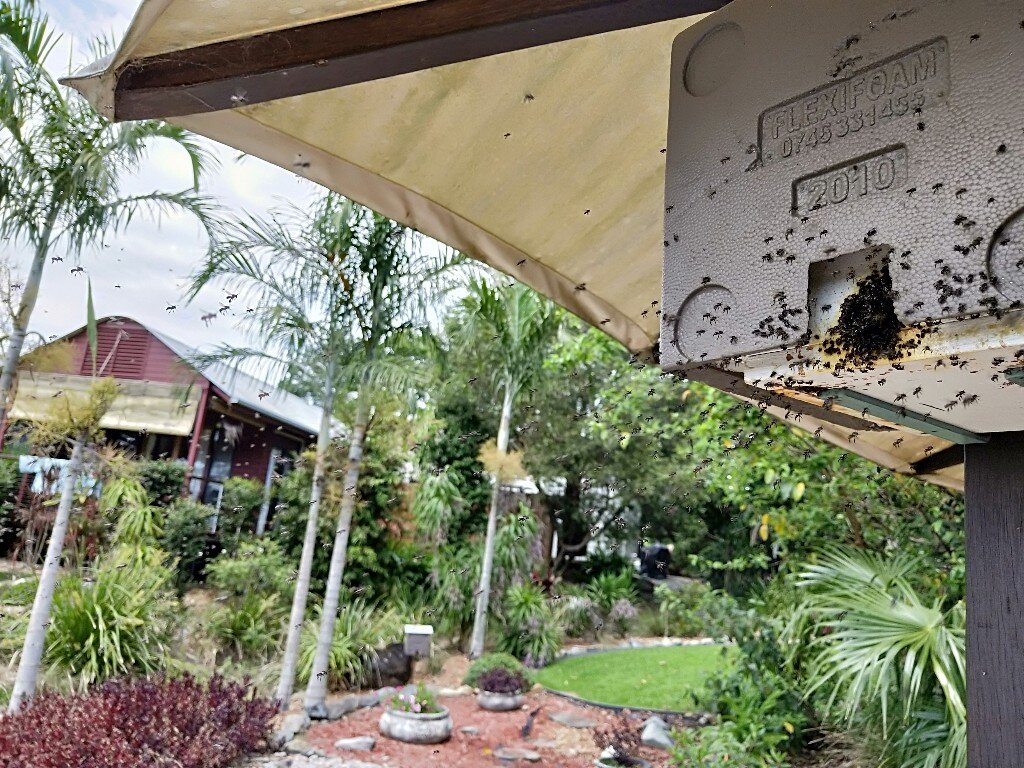
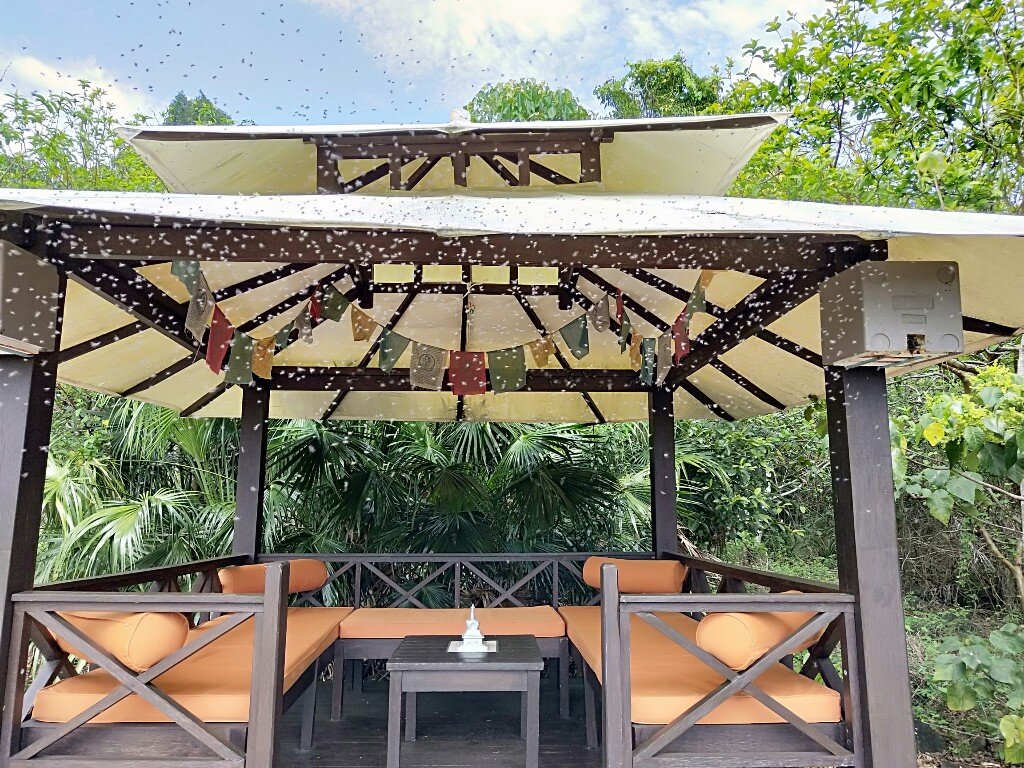
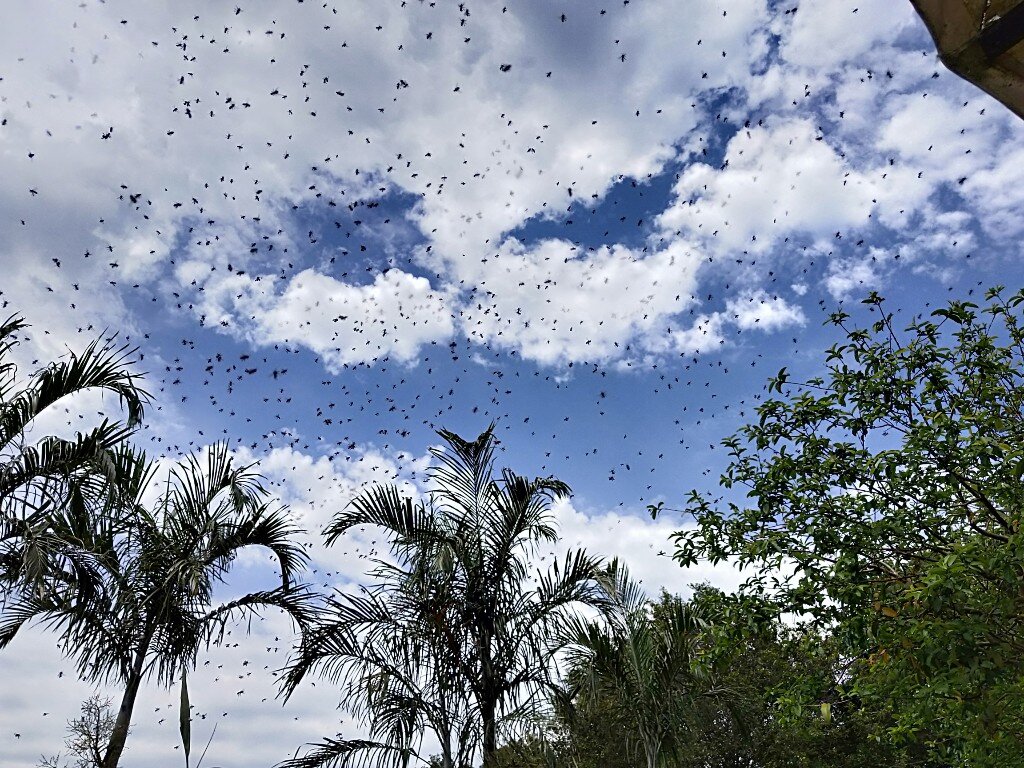
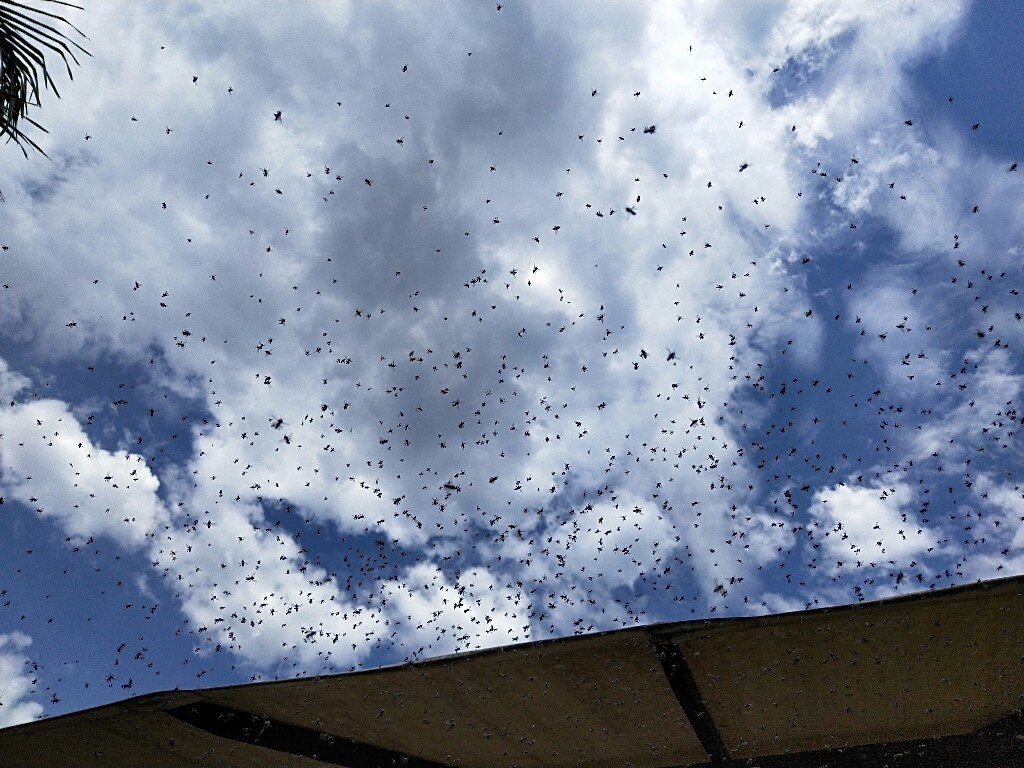
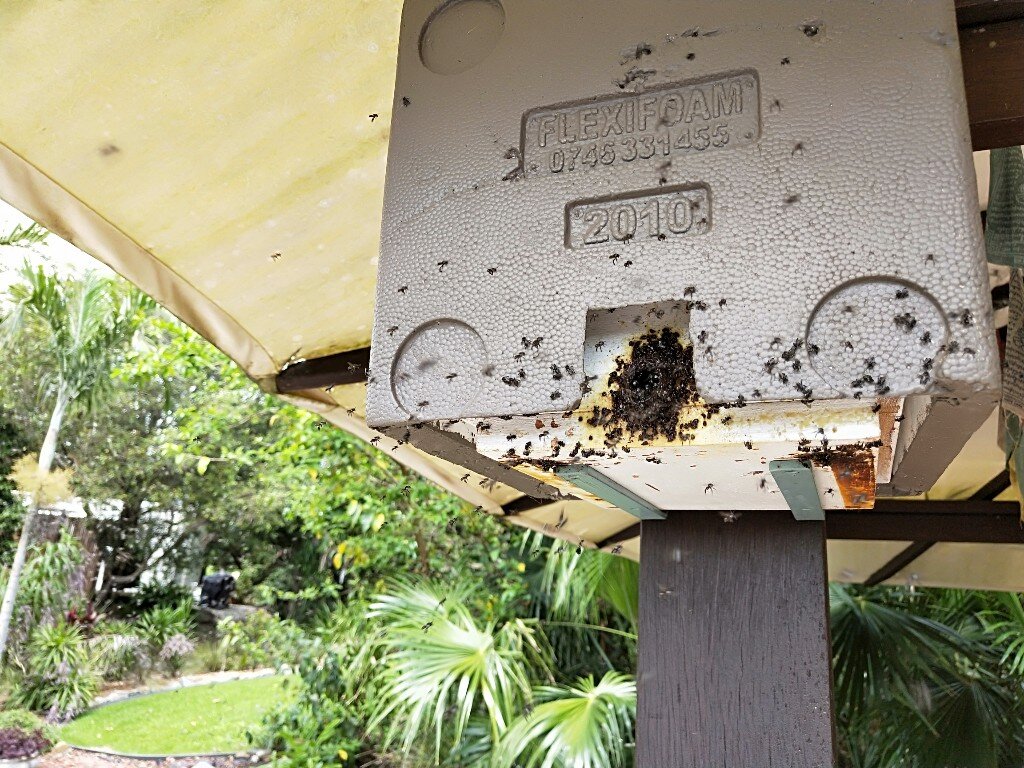

Leave A Comment
You must be logged in to post a comment.